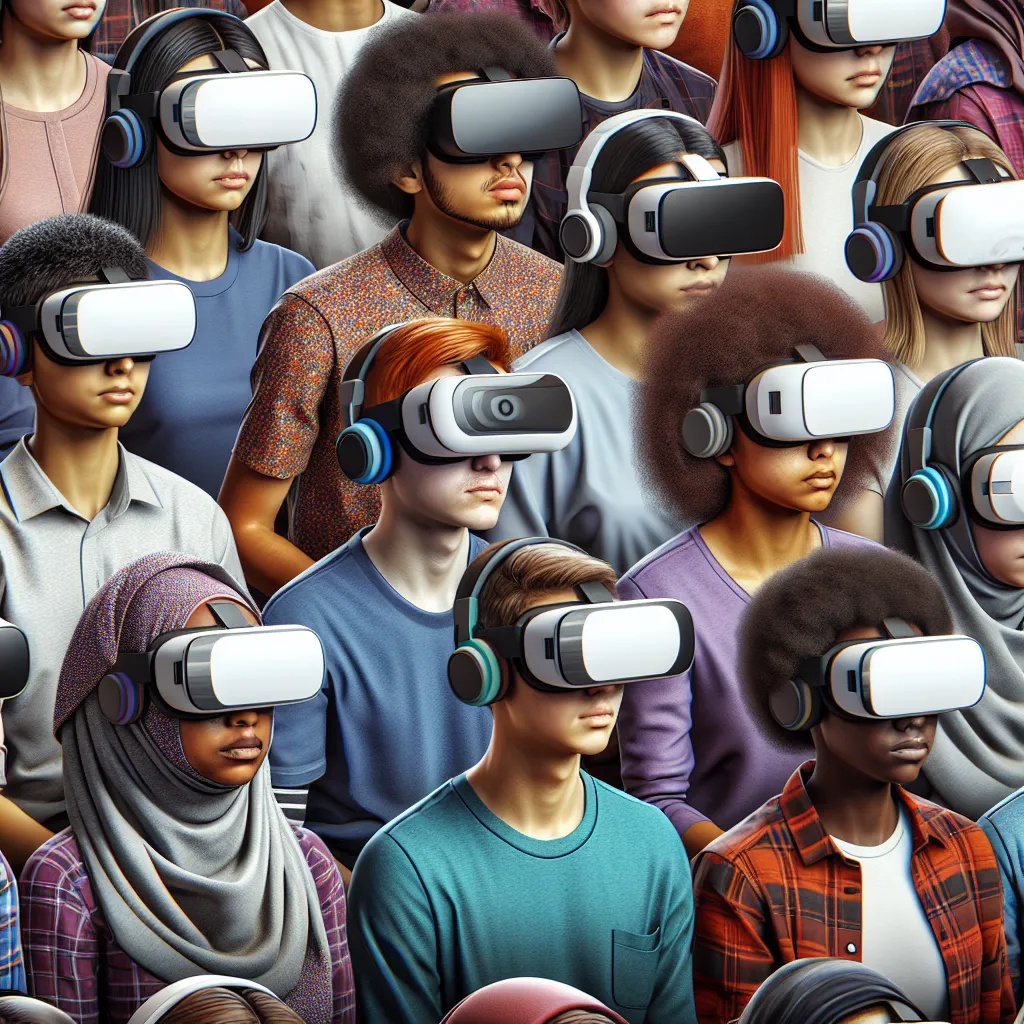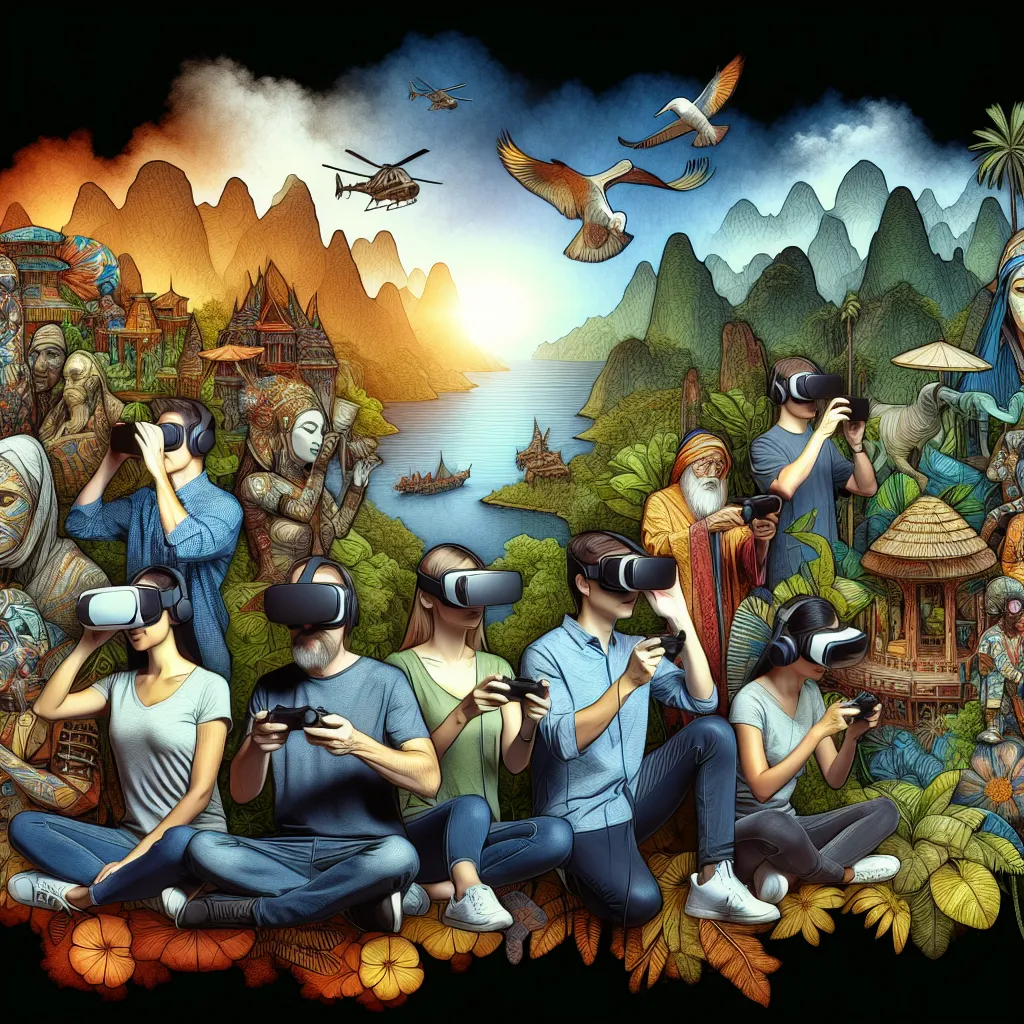Embracing the Evolution of Virtual Learning: Innovations and Challenges
As we navigate the future of virtual learning experiences, it is crucial to embrace the evolution of this mode of education. The growing innovations in virtual learning have brought about exciting opportunities, but they also present unique challenges. One of the key innovations in virtual learning is the utilization of virtual reality (VR) and augmented reality (AR) technologies. These technologies have the potential to create immersive and interactive learning environments, allowing students to engage with course material in entirely new ways.
However, the adoption of VR and AR in virtual learning also raises challenges such as access and affordability. Not all students may have access to the necessary hardware or internet connectivity to fully engage with these technologies. Moreover, the rapid pace of technological advancements means that educators and institutions must continuously adapt to stay current, which can be a significant challenge.
Another innovation that is shaping the future of virtual learning is artificial intelligence (AI). AI-powered systems can personalize the learning experience for individual students, providing tailored content and feedback. While this has the potential to greatly enhance learning outcomes, it also raises concerns about data privacy and the ethical use of AI in education.
In embracing these innovations, educators and institutions must also address the challenges they pose. This includes investing in infrastructure to ensure equal access to virtual learning resources, as well as developing guidelines for the ethical use of emerging technologies. By striking a balance between innovation and addressing challenges, we can ensure that the future of virtual learning experiences is inclusive, engaging, and effective.
Enhancing Engagement in Virtual Learning: Strategies and Tools for Success
In the ever-evolving landscape of virtual learning experiences, enhancing engagement has become a key focus for educators and instructional designers. As technology continues to reshape the way we learn, it’s crucial to explore effective strategies and tools that can help elevate engagement in virtual learning environments.
One highly effective strategy for enhancing engagement in virtual learning is the implementation of interactive content and activities. By incorporating multimedia elements such as videos, simulations, and gamified quizzes, educators can create a more dynamic and immersive learning experience. This not only captures the attention of learners but also encourages active participation and knowledge retention.
Furthermore, leveraging collaborative tools can significantly boost engagement in virtual learning. Platforms that facilitate group discussions, virtual group projects, and real-time collaboration can foster a sense of community among learners, promoting a more interactive and social learning environment. Additionally, features such as breakout rooms and virtual whiteboards offer opportunities for active engagement and peer-to-peer interaction.
Another essential aspect of enhancing engagement in virtual learning involves personalized and adaptive learning tools. By utilizing AI-driven platforms and adaptive learning technologies, educators can tailor content to individual learning styles and pace, thus maximizing learner engagement and comprehension. Personalized feedback and progress tracking also play a crucial role in keeping learners motivated and engaged throughout their virtual learning journey.
In conclusion, enhancing engagement in virtual learning is contingent upon the strategic use of interactive content, collaborative tools, and personalized learning approaches. As we navigate the future of virtual learning experiences, continually exploring and implementing these strategies and tools will be vital in creating dynamic and engaging virtual learning environments.
Navigating the Digital Classroom: Adapting to the Future of Learning
In the age of digital transformation, the future of learning is being reshaped by virtual experiences. Navigating the digital classroom has become essential for educators and learners alike, as they adapt to the evolving landscape of virtual learning. With the rapid advancement of technology, the traditional classroom has transcended physical boundaries, giving rise to diverse virtual learning environments. From virtual classrooms to online interactive platforms, the digital age offers a spectrum of opportunities for both educators and learners.
Adapting to the future of learning involves embracing technological advancements and integrating them into the educational experience. Educators are harnessing innovative tools such as virtual reality, augmented reality, and interactive simulations to create immersive learning experiences. These technologies enable students to engage with course materials in a more dynamic and interactive manner, fostering deeper understanding and knowledge retention.
Furthermore, the future of virtual learning experiences is anchored in personalized and adaptive learning. Digital platforms are leveraging artificial intelligence to analyze individual learning patterns and deliver customized content tailored to the unique needs of each learner. This personalized approach empowers students to learn at their own pace and in a style that best suits them, fostering a more effective and enriching learning experience.
As we navigate the future of virtual learning experiences, it is crucial to prioritize digital literacy and the development of critical thinking skills. Educators play a pivotal role in guiding students to navigate the vast sea of information available online, discerning credible sources from misinformation, and developing a sharp digital acumen.
In conclusion, the future of virtual learning experiences presents a realm of possibilities, from immersive technologies to personalized learning approaches. Navigating the digital classroom involves embracing technological innovation, fostering personalized learning, and cultivating critical digital literacy skills. By adapting to the future of learning, educators and learners can harness the full potential of virtual experiences to create a vibrant and dynamic educational landscape.





